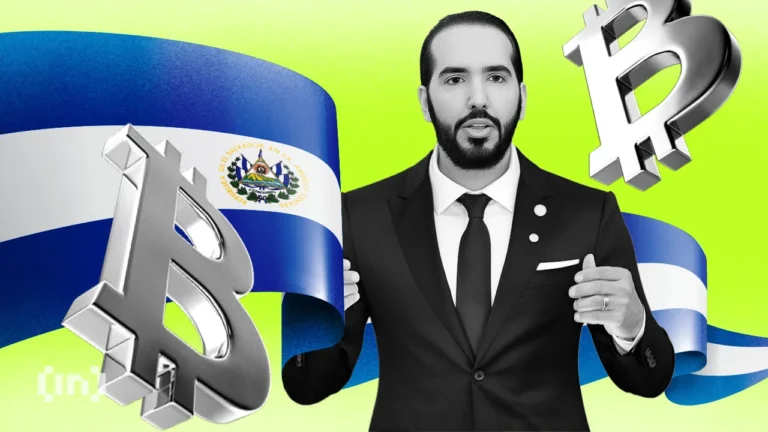Tether, the company behind USDT, the world’s largest stablecoin by market cap, is about to make a bold move: relocating to El Salvador. This might sound like just another corporate shift, but the implications go far beyond a mere address change. Here’s why this is huge for the crypto world and why it’s important for you to understand what’s happening.
The Game-Changing Move
Tether has secured a Digital Asset Service Provider (DASP) license, which allows it to set up shop in El Salvador, a country that’s fast becoming a global hub for digital finance and innovation. Tether’s CEO, Paolo Ardoino, explained that this move is a natural step forward, one that will help them push forward their mission to increase financial inclusion in underserved areas. And here’s the kicker: it’s not just Tether that’s making the move. Just a week before, Bitfinex Derivatives, another major player, announced it was also relocating to El Salvador.
Why El Salvador?
You might wonder: why El Salvador? The country has become a beacon for digital assets, especially since it made Bitcoin legal tender in 2021—the first country in the world to do so. The country’s policies are crypto-friendly, creating an environment that’s supportive of digital finance companies. El Salvador is also home to a growing Bitcoin-savvy community, making it the ideal destination for companies like Tether, which are pushing the boundaries of decentralized finance.
A Country That Gets Crypto
El Salvador’s government has shown a strong commitment to digital assets, and it’s clear that the country is positioning itself as a leader in the space. Tether’s decision to move there aligns with the country’s vision of financial freedom, innovation, and resilience. It’s not just about business; it’s about building a future where decentralized finance is a part of everyday life, particularly in regions that have been left behind by traditional banking systems.
The Bigger Picture: Tether’s Role in Financial Inclusion
Tether’s decision isn’t just about taxes or regulations—it’s about empowering people worldwide. The company aims to leverage its position in El Salvador to help expand the adoption of Bitcoin and stablecoins, particularly in areas where traditional financial systems are hard to reach. Tether believes that decentralized technologies can provide financial freedom and inclusivity for people who don’t have access to traditional banking services. This shift could significantly impact the way people in underserved regions access money and financial services.
El Salvador’s Bitcoin Holdings
El Salvador isn’t just a passive player in this game. The country itself owns 5,750 Bitcoins, worth about $530 million. This gives the country a strong position in the crypto space and sends a signal to the world that they’re serious about their role in the digital finance revolution.
Why It Matters to You
As a young person interested in the future of finance and crypto, this is an important development to keep an eye on. El Salvador’s efforts could set the stage for other countries to adopt similar policies, and Tether’s move could be just the beginning of a much larger trend. Understanding why Tether chose El Salvador will help you grasp where the future of digital finance is heading, and why it’s crucial to stay informed about developments like this. As the world shifts toward decentralized technologies, the actions of major players like Tether will have a profound impact on how we view money, banking, and financial freedom.
Key Terms to Remember:
- Tether: The issuer of the world’s largest stablecoin (USDT).
- DASP License: A Digital Asset Service Provider license, essential for operating in crypto-friendly jurisdictions.
- El Salvador: The first country to adopt Bitcoin as legal tender.
- Financial Inclusion: The idea of making financial services accessible to underserved populations.
- Bitcoin and Stablecoin: Digital currencies that play major roles in decentralized finance.
This move is a clear indication that the digital finance revolution is only just beginning, and El Salvador is quickly becoming a key player in this new era. By keeping an eye on these developments, you’ll be ahead of the curve and better equipped to understand where the crypto market is headed in the near future.



